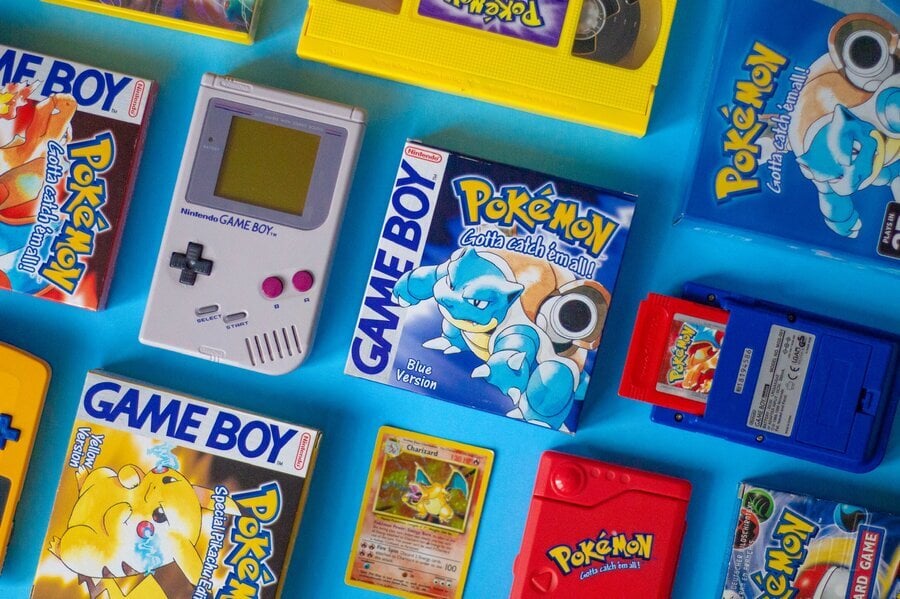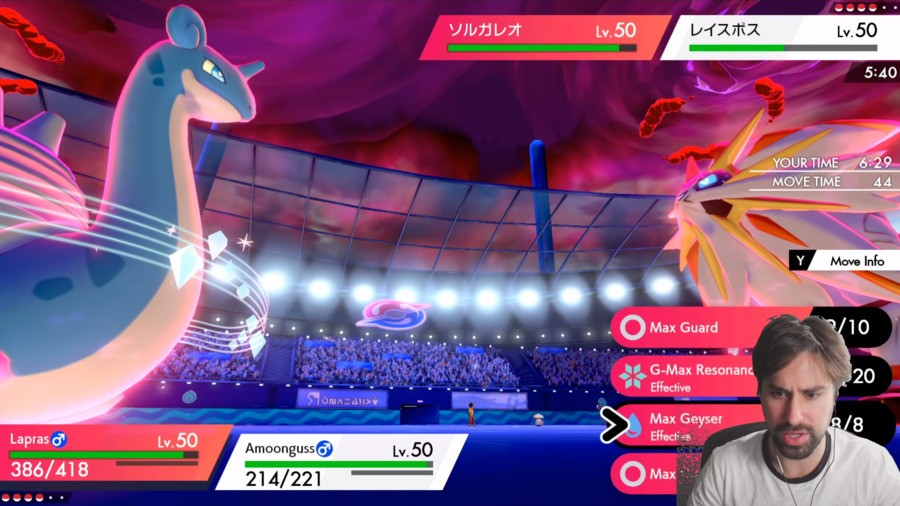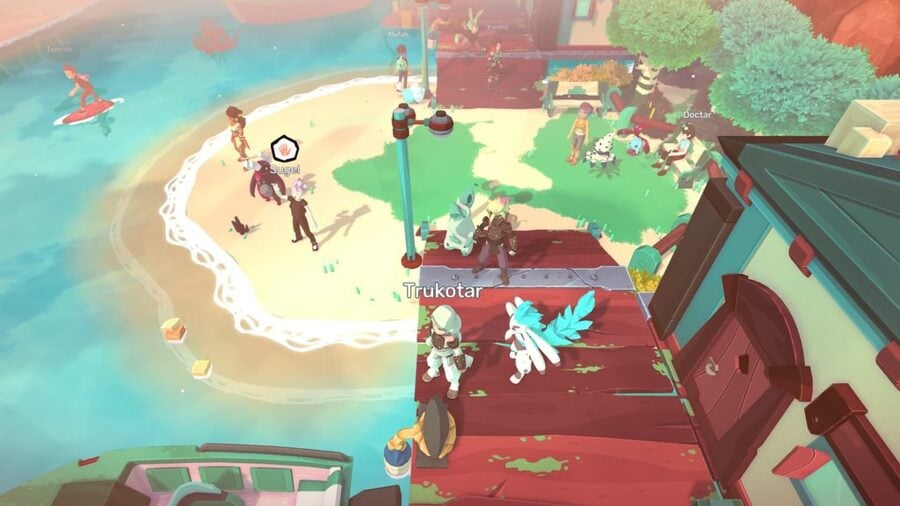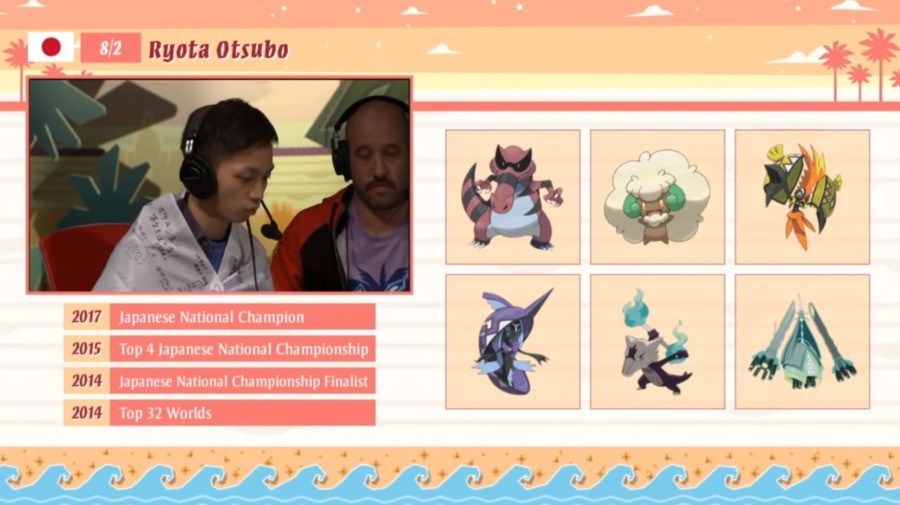How The Quintessential Essence Of Pokémon Games Inspires Gen After Gen
[ad_1]

In 1998 my Canadian elementary school banned everything to do with Pokémon. The games, the trading cards, and discussions about the anime – all of it was off-limits as Pocket Monster fever swept through North America like a swarm of Rattata, distracting us from our in-class reading of Anne of Green Gables. That did not stop me and my classmates from passing notes about whether or not there really was a Mew beneath the truck parked near the S.S. Anne when Mrs. Hubbard turned her back. Nor did it stop us from pitying those poor souls whose parents would not buy them a Game Boy, let alone a copy of Pokémon Red or Blue. To us, that was a step removed from child abuse.
Many people can relate similar anecdotes about playing the quintessentially classic Red and Blue. By ‘quintessential’ I mean Pokémon games stand out as some of the most memorable and influential gaming experiences ever made. Yet the special thing about Pokémon is this phenomenon which isn’t exclusive to those of us in Canada or born around 1990. Up until this year’s Pokémon Legends: Arceus, every mainline Pokémon game is a classic for another generation of kids the world over. Somehow, Pokémon developer Game Freak continues to capture cultural touchstone after cultural touchstone as if it were as easy as catching a Caterpie.
“I didn’t know what shiny Pokémon were at the time. I asked my friend why the Pokémon sparkled and he said it meant it was holding a Master Ball
“My first Pokémon game was FireRed,” Wolfe Glick told me in an email interview. 2004’s FireRed began Glick’s journey to becoming the VGC World Champion in 2016 and one of the most recognizable competitive trainers. Pokémon International’s VGC – which stands for the obliquely named Video Game Championships – gathers dozens of skilled players from around the world every year to compete in double battles for prizes and glory.
“I was probably around eight years old when I got it,” Glick elaborated. “I have many fond memories playing with my brother and neighbours on the Game Boy Advance. I remember it was hard to see the screen when it was really bright, and I ran into a shiny Dodrio in the Safari Zone. I didn’t know what shiny Pokémon were at the time. I asked my friend why the Pokémon sparkled and he said it meant it was holding a Master Ball. I caught the Dodrio and was upset when it had no held item, and then forgot about it for six or seven years when I suddenly remembered and went back to find my first ever shiny.”

Glick’s experience could have been any one of our own Pokémon stories – who hasn’t taken bogus PokéAdvice from a friend before? Anyone who has played a Pokémon game can relate as easily as they can remember their first starter. For Glick and I, it was Charmander, yet a gap of over five years removed our choices from one another.
However, few people have had Pokémon change the course of their life the way developer Game Freak’s monster-collector has for Glick. When searching for strangers online to battle over wifi at 12 years old, Glick discovered an in-person tournament about 40 minutes from where he lived. The tournament was in a format he’d never played before – VGC’s double battles – but Glick still managed to learn the format, win the event, and secure a ticket to the US Nationals – which he also won, granting him access to the World Championships where he placed 6th. The following year he placed 2nd at Worlds and knew he had to keep competing.
Few people have managed to turn competitive Pokémon into a career, but Glick has done just that. He now produces both informative and humorous Pokémon-related videos for his YouTube channel with over 500k subscribers, along with a valiant effort to help ease new players into the scene with VGCGuide – all while still competing. In fact, he’s on his way to the 2022 World Championships in London this August.
Pokémon’s influence isn’t limited to journalists like myself and professional players like Glick. Guillermo Andrades, Game Director of the upcoming creature-battler Temtem, also shared with me his earliest Pokémon memories. Unlike Glick and I, he chose Squirtle.
“I started Pokémon at the very beginning with Pokémon Blue. I was obsessed with the game to the point of consuming everything Pokémon,” Andrades told me. “I started playing the Pokémon TCG due to it and my most fond Pokémon-related memories are about spending the weekend playing tournaments in my local store and meeting every other kid there.”

For Andrades and his team at Spanish developer Crema, recent Pokémon games inspired them to challenge Pokémon’s conventions rather than mimic them. When asked about Pokémon’s influence on Temtem, Andrades says that Temtem came about because he and his team had lost interest in Pokémon as it pushed to reach a broader and broader audience. Crema wanted to see how the formula Game Freak perfected would adapt to a more difficult and competitive approach. Thus Temtem was born.
Temtem came about because Andrades and his team had lost interest in Pokémon as it pushed to reach a broader and broader audience
Andrades emphasises Temtem’s social elements as something they’ve looked to innovate upon. Seeing other players in the overworld – Temtem, after all, is coined as a massively multiplayer creature collecting adventure – trading or battling with them directly, and having an auction house, are all ways Crema looks to improve the monster-battling formula. And when it comes to the battles themselves, the removal of random factors – such as a 10% chance to freeze – creates a more balanced and fair experience that rewards careful play rather than luck.
But Pokémon players in Canada, America, and Spain can’t hold a Litwick to how Pokémon moulded the cultural zeitgeist of Japan from 1996 onward. As popular as it is in the West, every single child in Japan knows what a Pokémon is and the majority have likely played a Pokémon game. There are Pokémon cafes. Donut shops sell Pokémon-themed donuts. McDonald’s puts out Pikachu-flavoured McFlurries. Many major cities have a Pokémon Centre selling everything from stuffed toys to Pokémon cards. I say this as someone who has lived in Japan for the last eight years – Pokémon is as common here as a Zubat is in Mt. Moon.
But don’t take my word alone for it. I contacted the 2017 VGC World Champion Ryota Otsubo to hear his thoughts on Pokémon’s influence (and did my best to accurately translate his Japanese).
“The first time I played was the Pikachu version (Pokémon Yellow). It was my first time playing a game, and I remember being overjoyed when I defeated a strong gym leader. I really liked the Pokémon called Lapras. The channel I have on YouTube is called the Naminori Channel (Surf Channel), which is named after Lapras.”
Much like Glick, Otsubo also found success by finishing second place at a local tournament. He thought if he mastered more battles, he might be able to reach the top someday. 10 years later Otsubo did just that, becoming the 2017 VGC World Champion.

“I think [Pokémon is so influential] because of its attractive characters and battle system. It is made not only for children but also adults, so people all over Japan and the world can enjoy playing Pokémon.”
Indeed, I’ve spent much of my time in Japan teaching, and despite having little in common with my students, we could always discuss Pokémon no matter what their age group. When Brilliant Diamond and Shining Pearl were announced, many of my high school-aged students couldn’t wait to relive their very first Pokémon adventure. A recent trend has many of them slotting rare Pokémon trading cards into their clear smartphone cases, which surprised me, given that doing so in my high school would’ve been like using Follow Me against every bully in the student body. When Pokémon Legends: Arceus released in January, I had junior high students telling me every week thereafter which shiny Pokémon they found over the weekend, and assignments they turned in often have my favourite Pokémon drawn on them in a desperate attempt for extra credit.
Red and Blue may have started it all, but the franchise as a whole continues to make Pokémon a perpetual classic. Plenty of criticism can be leveraged at Game Freak for how little Pokémon’s formula has evolved over the years, and how — visually, at least — Pokémon has yet to reach modern expectations. Signs indicate that the next mainline entries will shake things up more than ever before, but there is absolutely no doubt that for many young gamers, 2022’s Pokémon Scarlet and Violet will have the same profound impact Red and Blue had on Andrades and I, FireRed had on Glick, and Yellow had on Otsubo. On past evidence, it’s almost certain to become quintessentially classic for yet another generation of trainers.
[ad_2]











